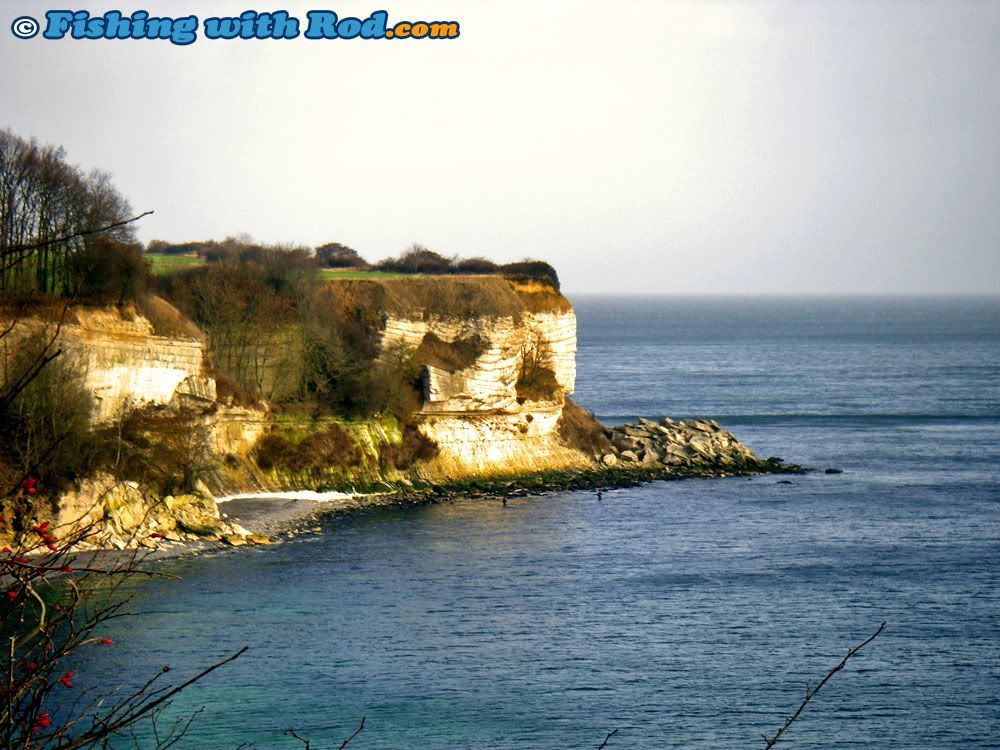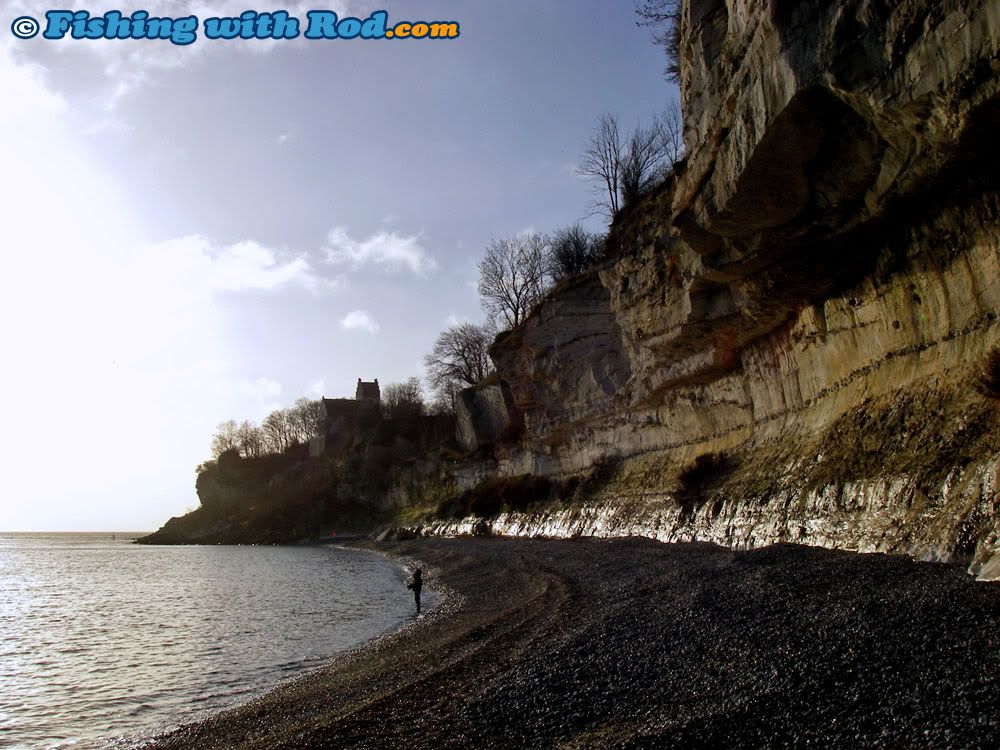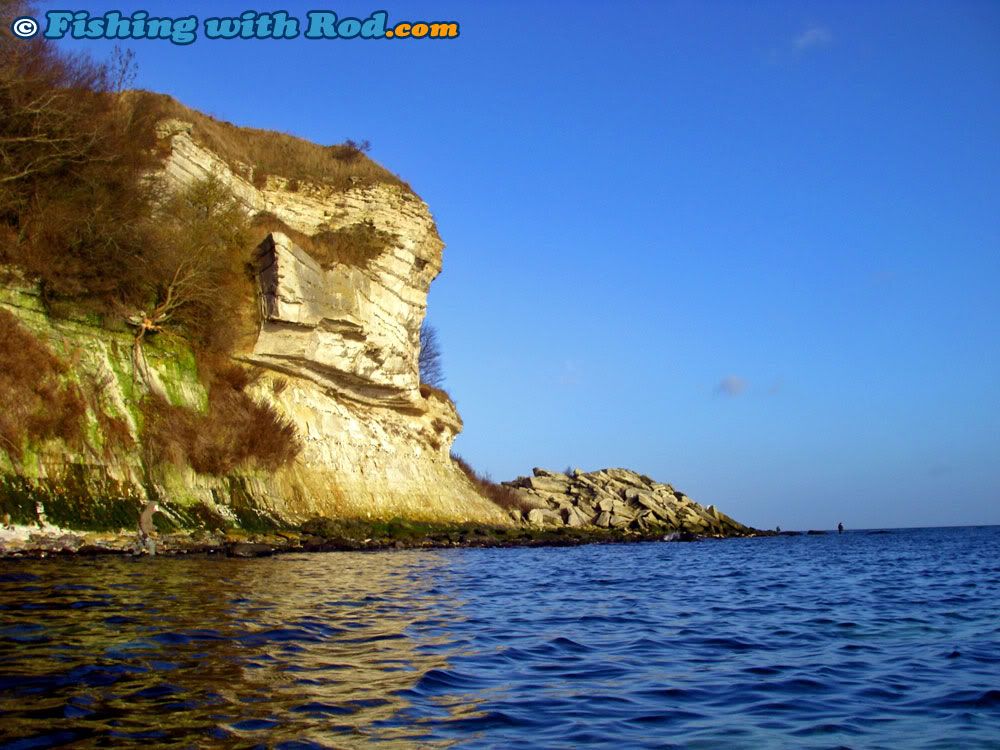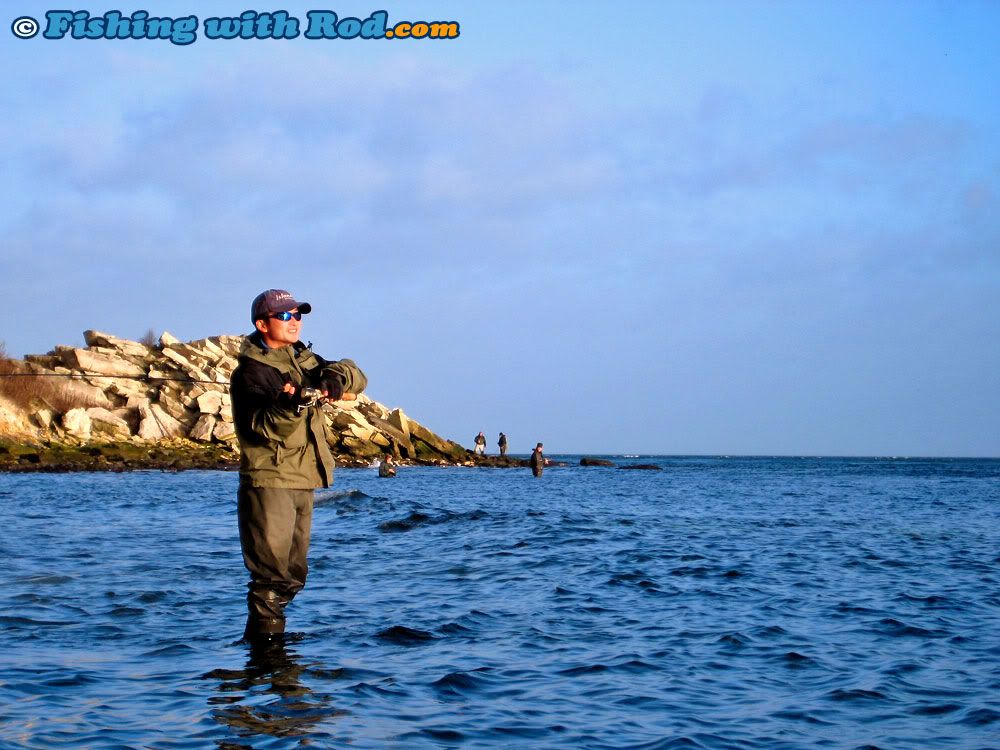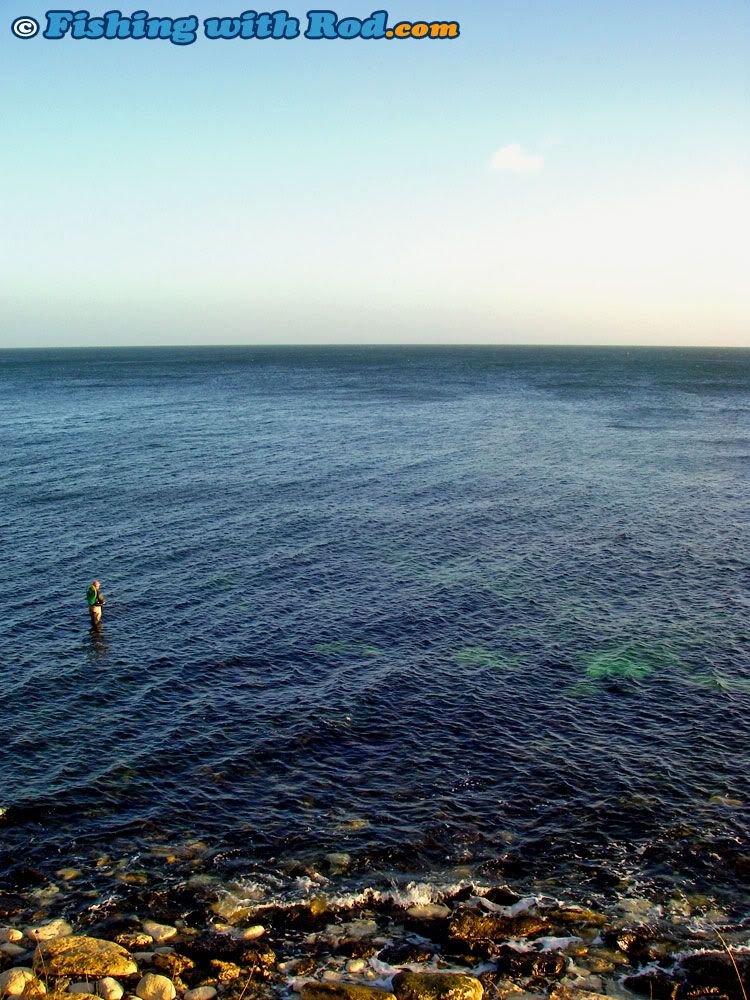The wind was blowing hard from the east today, which was perfect as I wanted to fish a spot on the west coast of Denmark where I couldn’t last week due to the strong head wind. Strong head wind does not only make casting difficult, it stirs up bottom substrates and reduces clarity. With a tailwind, the sea becomes flat and it in fact becomes an advantage when distance is needed in casting.
As usual, it was a misty morning start in Denmark. Temperature hovered at 3 degrees celcius and was expected not to change throughout the day. One couldn’t really ask for better beach fishing condition on a winter day.
I began working the beach with the spinning rod. Spincasting is popularly fished on the beach in Denmark. It allows the angler to cover much larger area and deeper water, so chances of getting into larger sea trout are also increased. Unlike migratory pacific salmon that travel in large masses, these fish school and travel in an irregular pattern. The behaviour is somewhat similar to coastal cutthroat trout, except the travelling space is much larger. To increase success, one can only systematically cover a beach by taking a few step after each cast.
Typical beach lures used while spinning are long, thin yet heavy ones that resemble either herring or sand eel. Combining the retrieving/pausing pattern and the wave motion, their swim becomes rather realistic in the water. These lures weigh between 10 and 30 grams, so they allow the angler to cast them as far as over 200 feet when needed.
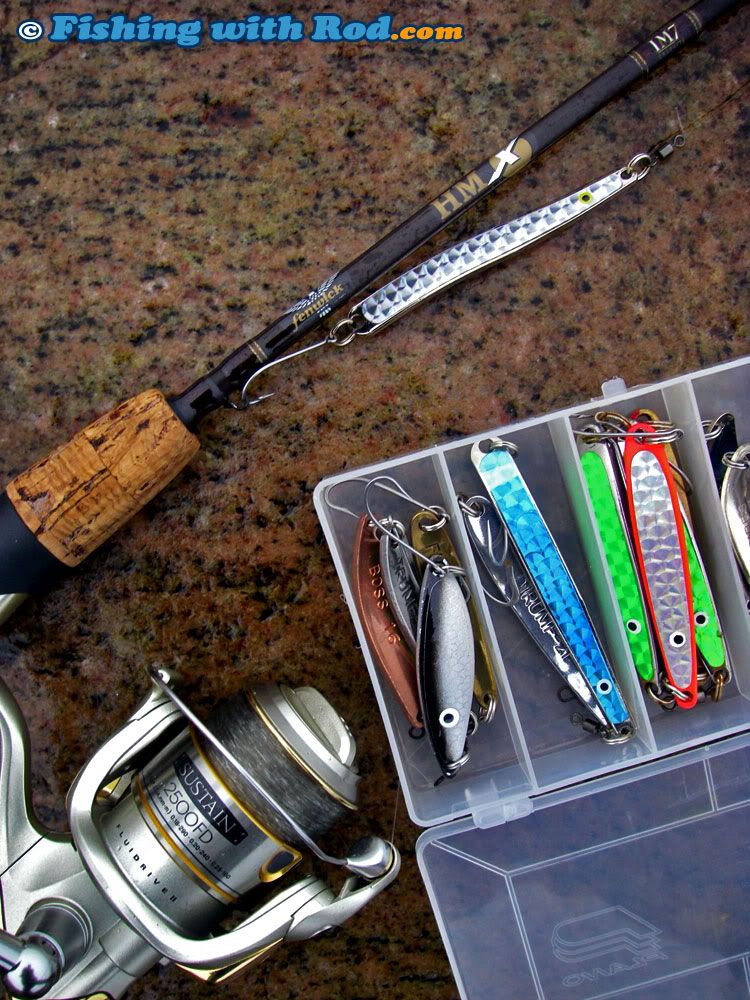
Sea trout hunting ground is usually covered with algae (Specifically, fucus, a species of brown algae that tends to dominate the inter and subtidal zones) and rocks. Reefs, as the locals call them, are prime habitat for shrimp, worms and small fish. They hunt by travelling over, in, between the dark substrates. The idea is to work your presentation through them and hopefully it would grab a hunter’s attention.
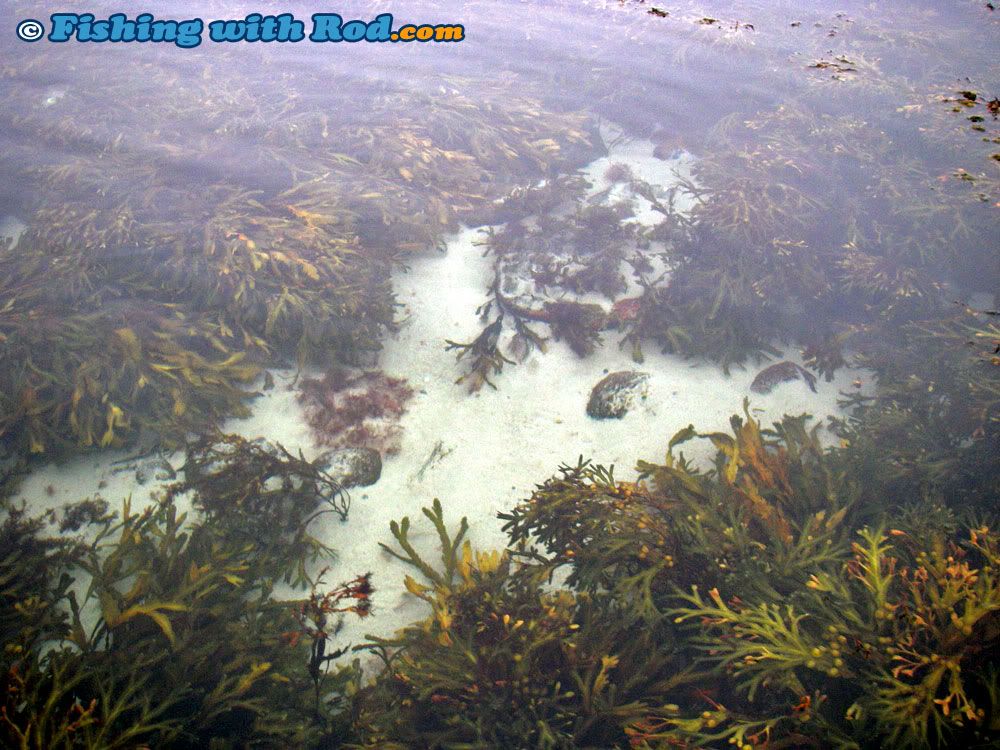
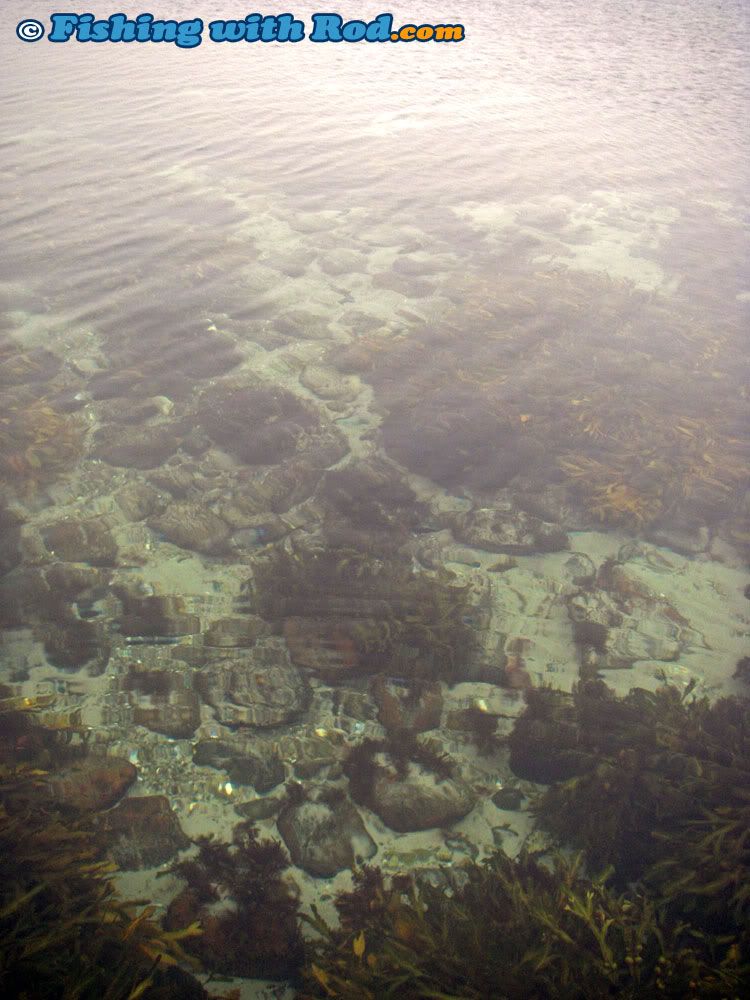
Exploring these reefs closely with your eyes while fishing can often lead to small yet fascinating discoveries. They are alive with organisms. Snails, starfish, shrimps, jellyfish and barnacles are often sighted. Today I found myself standing next to a juvenile flounder that laid on the bottom comfortably.

After working across a beach for an hour, excitement began to fade as no bites were detected. The outing usually starts with a high anticipation, not a high expectation. After being blanked so many times, I’ve learned that if one shows up with a high expectation in a beach sea trout fishery, then the disappointment at the end of the day may just be too much to handle.
I decided to walk over to a new section slightly further north from my starting point. The ground appeared to be heavily covered, so perhaps there was a trout hiding in it. When the lure approached me on the first retrieve, I noticed a dark clump of matter behind it. My first guess was a clump of weed but I could not feel any additional resistance on the line. A few seconds later, when the lure was much closer to me, I could see that it was in fact a fish following it! I suddenly paused the retrieve and a second fish showed itself beside the first one. Just as they were ready to fight over the piece of metal, I ran out of retrieve space!
At this point, both panic and excitement were having a party in my head. I made another quick short cast beyond where the fish were spotted. As if a pack of wolves had been woken up, a dozen sea trout suddenly darted out from the weed beds and a few small boils could be seen on the surface! Once again, not a single fish committed to a solid bite before I ran out of water to retrieve. Another short cast and retrieve triggered mor fish to chase, but none were tricked. It ended as fast as it started, after three casts all of them disappeared instantly.
I stood there like a fool. Should I continue casting straight out, or move left, or move right? In river fishing, if a fish is spotted, you can pretty much find it again as there is only so much room to cover. It becomes a bit tricky when there are a gazillion litres of water in front of you.
I decided to continue my path and work my way toward north, hoping that I would intercept more fish. Were they sea trout? Perhaps these were escaped rainbow trout from farms. They were after all, chasing and exposing themselves quite blatantly or foolishly as if they were untouchable. Well, they were not touched, so I guess they were more blatant than foolish. Escaped rainbow trout are problematic in European coastal waters. Like any invasive species, they alter the balance on sea trout’s ecosystem. Local anglers believe that rainbow trout farmers purposely lose their fish for insurance claims.
On second thought, I believed they were in fact sea trout. All fish I spotted were estimated to be between 12 and 18 inches long. Their bodies were silver and possess the slender shape that one would see in a natural growth.
Ten minutes later, more fish followed the lures during my retrieves and once again none could be tricked. Further north from where it first happened, another fish followed right in again. This time, I decided to drop the lure onto the bottom when I ran out of retrieve space. The fish paused, suspended beside the lure and watched. When I lifted the lure up once and allowed it to flutter, the fish took a light peck at it and sped back into the deep before I had a chance to react!
Somewhat deflated, I kept working across the beach. More fish were spotted for another hour then it all stopped at noon. Perhaps they had decided to move on. Not so, because a few more followers appeared an hour later. This time, I decided to quickly rush back to shore and rig up the fly rod. Originally I had thought that these fish were following in from beyond my flycasting range. After seeing so many, I suspected that they were all sheltering in the reefs just a short distance away from me. Retrieving flies that immitate shrimps is another common method used on the beach. Maybe the large lure was attractive but too big and heavy for the pan-sized trout to ingest. Maybe a size 8 fly would do the trick.
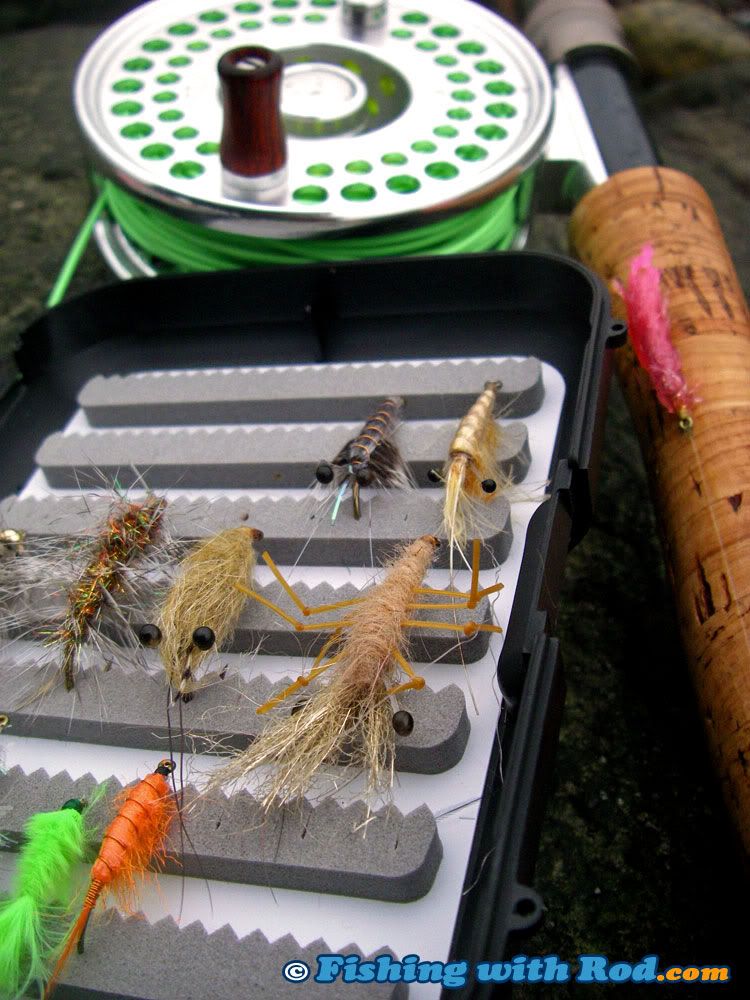
Once I rigged up, I made my way back to the location where I last spotted some fish. I casted toward the nearest reefs and before I even had a chance to anchor my footing, I felt a solid take! The simultaneous feeling of the tug on the rod and the unnoticed slip of flyline through the fingers is always wonderful. Such a solid take could not be mistaken and the natural reflex made sure the fish could not get away. It was a small one, yet I was very delighted. I slowly backed up, making sure I would not trip over the round boulders. A dip in this water on this winter day would end the trip instantly. The fish came in fast, but began aiming for all the algae planted around me. The excitement let the guard down briefly and the little bugger managed to get its way by wrapping around one algae mass. I ran over to free the line as fast as possible but it was too late. I could see it making its way back into the deep while my line was still stuck on the obstacle.
“You gotta be kidding me.”, I thought. What must one do to bring a fish to the beach? I thought persistance is always rewarded. This was like smelling a good meal without eating it, or watching a movie without the ending being shown. You get the idea, the satisfaction of closure is missing! At least I now knew what could tick them off, so back into the water I went. On the fifth cast, another fish grabbed the fly. Both fish were taken as soon as the fly landed in the water before the retrieve, so obviously these fish were hungry. It appeared to be a much bigger fish, judging by the splashing on the surface. Just when I was ready to get even happier, the fly flew straight back at me. Fish number two was now back and returning to the laughing squad in the water.
By this point, I had about one hour of daylight left. I worked through the area where I had seen fish from start to finish one more time with no success. Just as I was walking back to call it a day, I spotted one more fish moving casually by me in the water. The day was not over yet! I grabbed the fly rod, creeped back into the shallows and made one direct cast toward the last place I saw it. After a few strips, I felt a good tug and fish number three was now dancing at the end of the line. It was another small fish, but at this point I could not careless how big the fish was. I managed to capture a photo with my frozen numb hands before sending it back to become those 20lb fish that I often hear about.
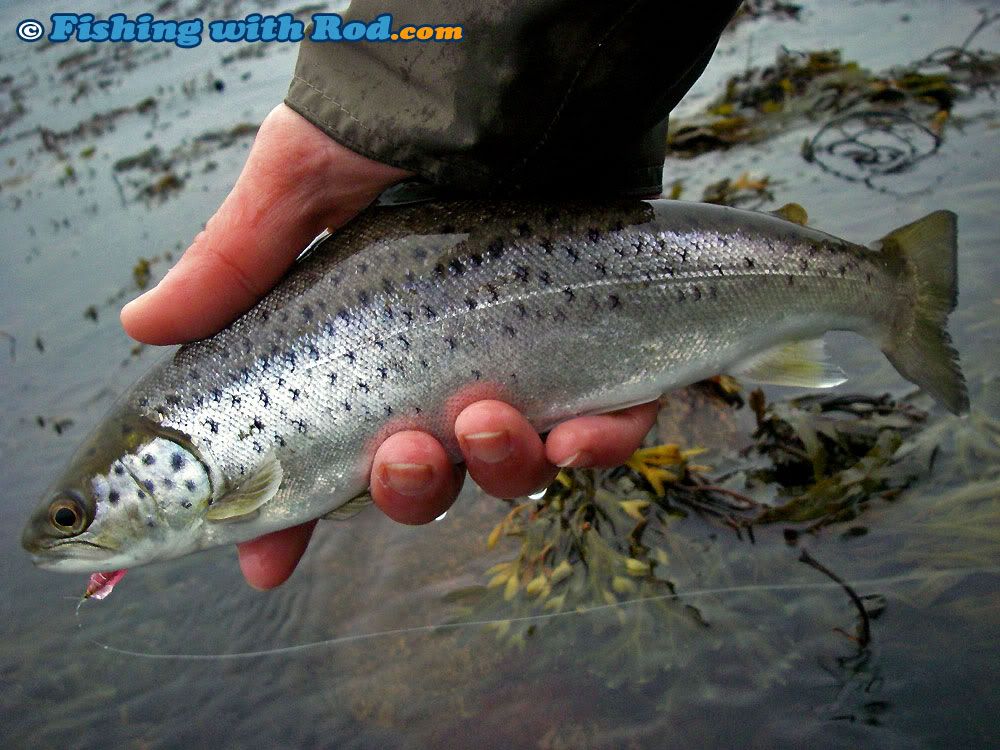
Finally, after six hours of teasing and being teased, I gained one point while these fish gained fifty. It also was my first beach sea trout on the fly, which made all that effort very worthwhile. Seeing these fish darting in and out of the dark reefs like ghosts was also another memorable highlight, which will probably taunt me in my dreams for awhile. On my way back to the car, I conversed with two gentlemen who fish the area regularly and told them about my rather exciting experience. After hearing about the small findings, one of them pulled out his digital camera and showed me a 60cm long specimen caught at the same location last week, and another 4kg fish caught just north of us. Perhaps I will find some bigger ones next time too.
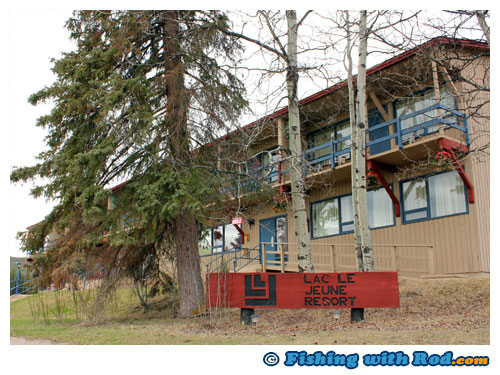
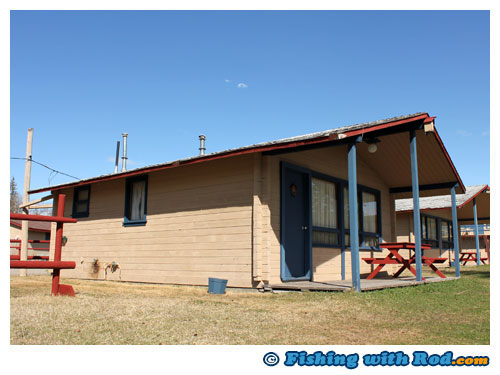
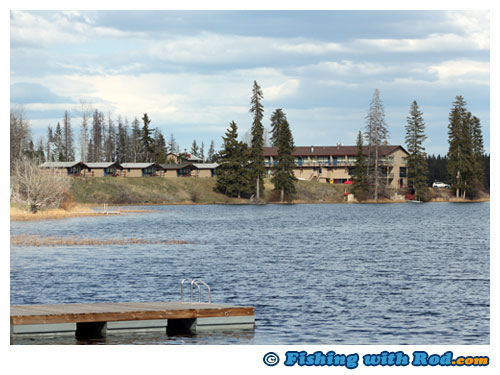
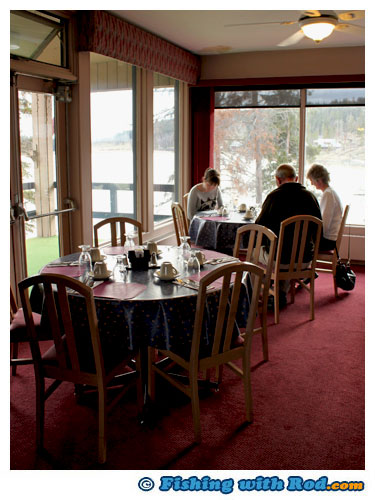

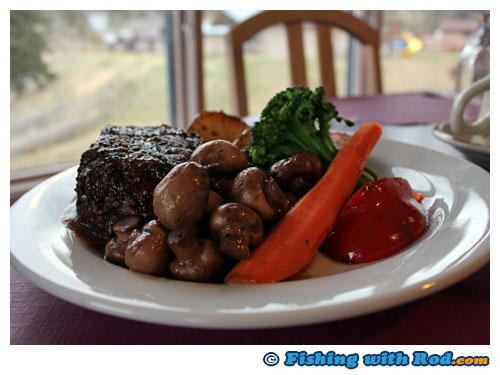



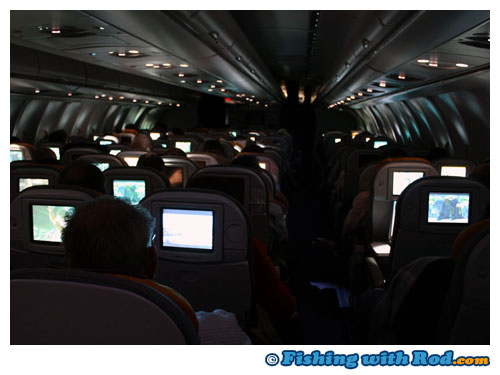


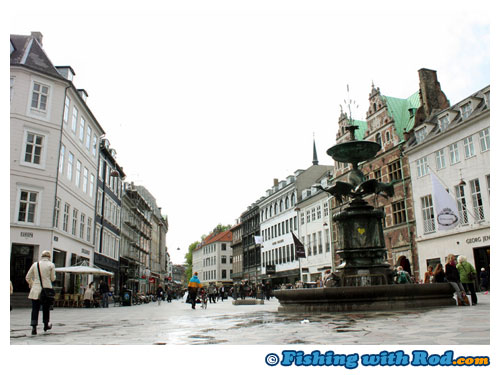
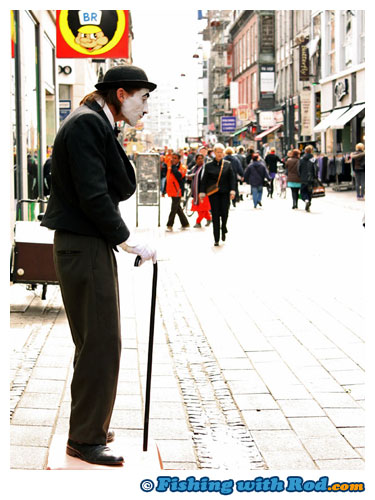
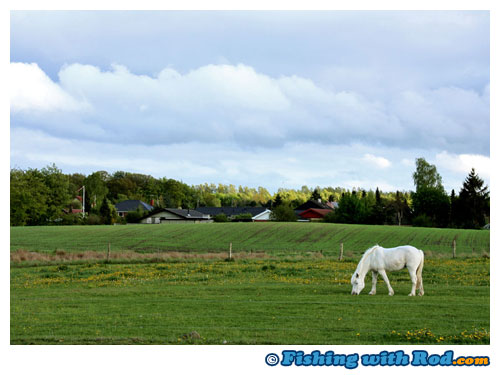
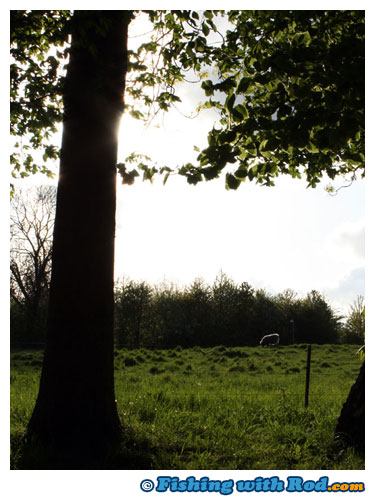




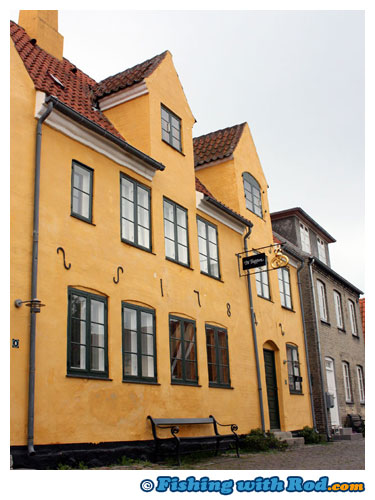
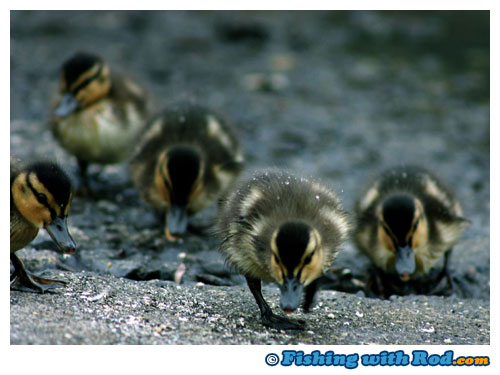
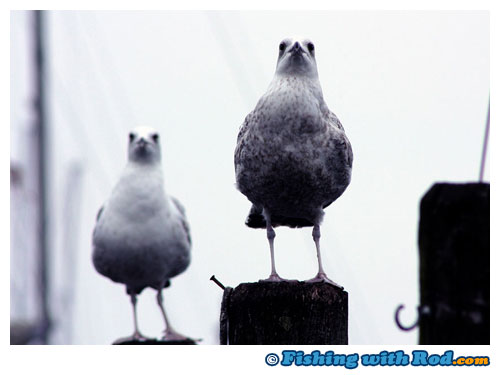
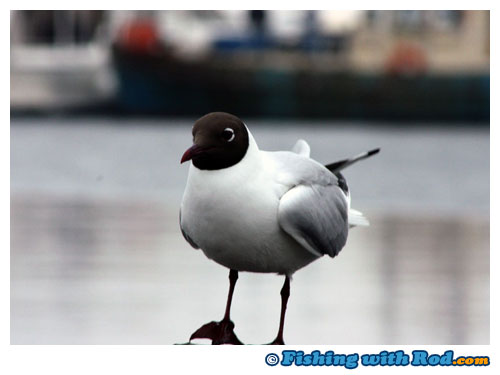
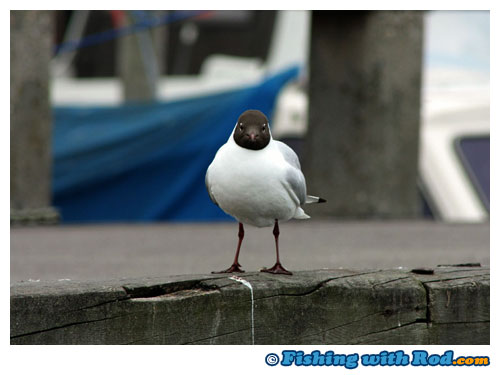





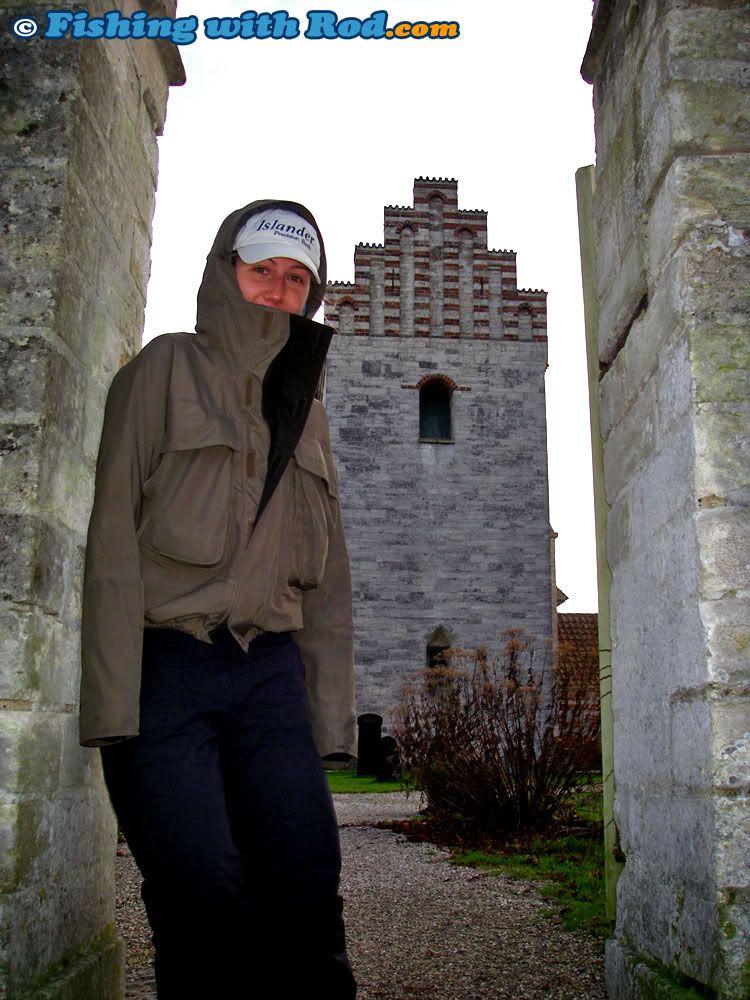
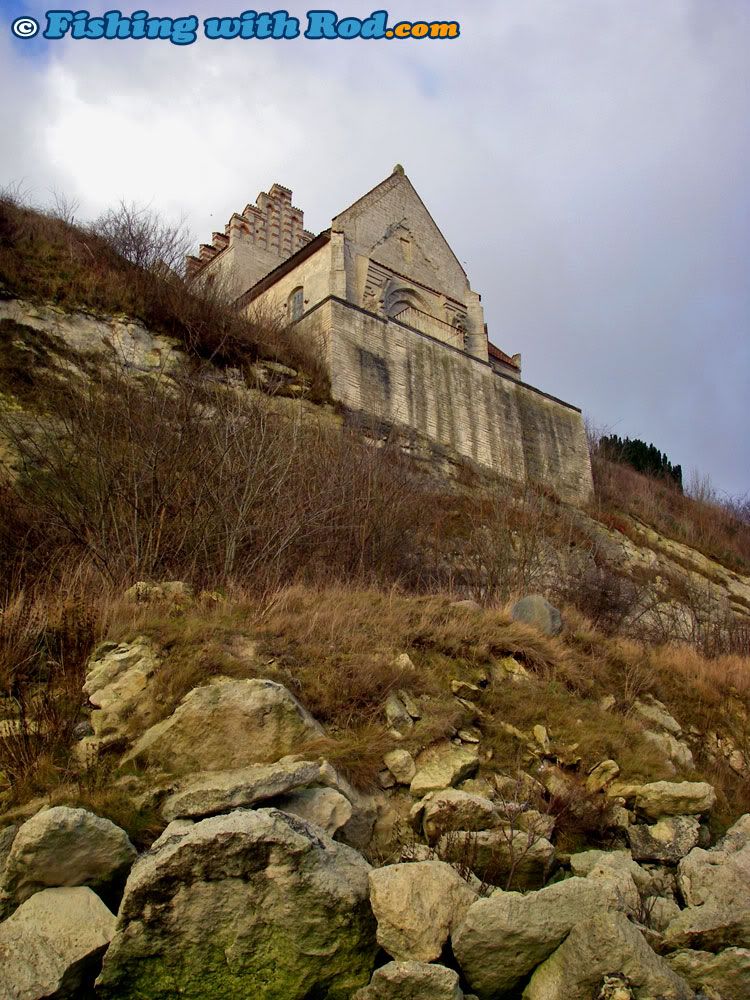
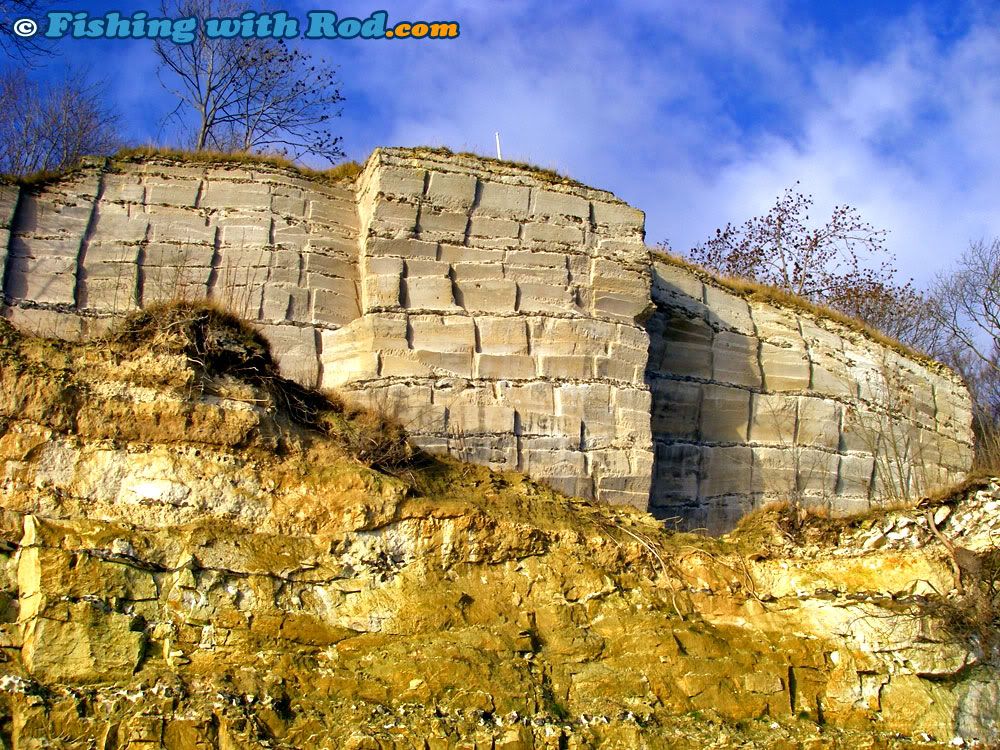 Â
 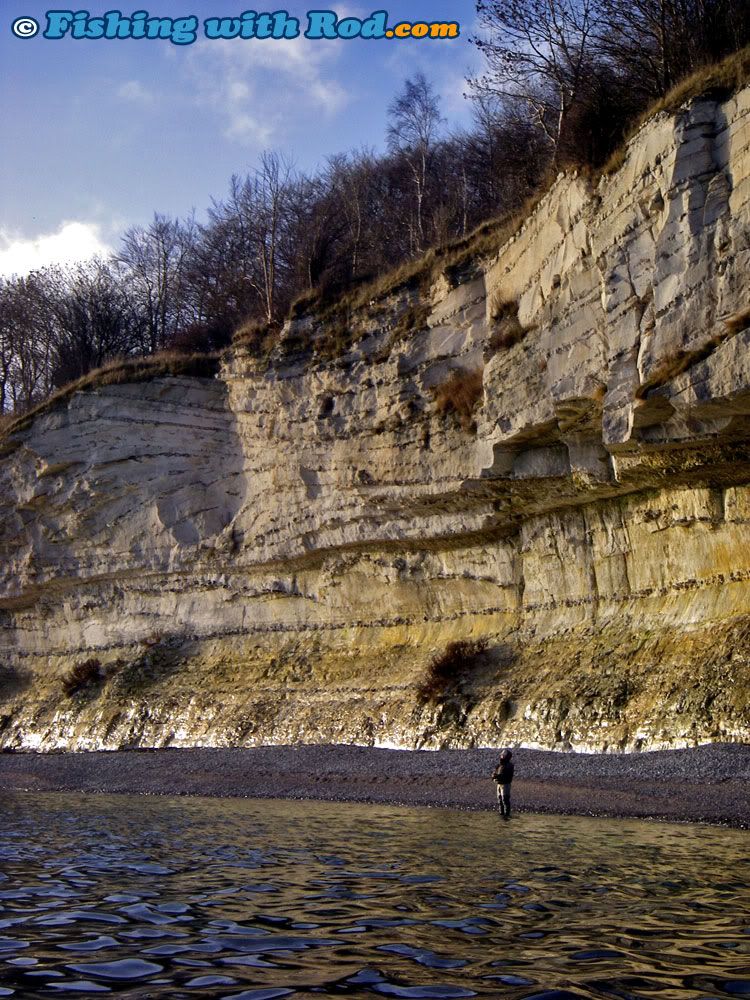 Â
 